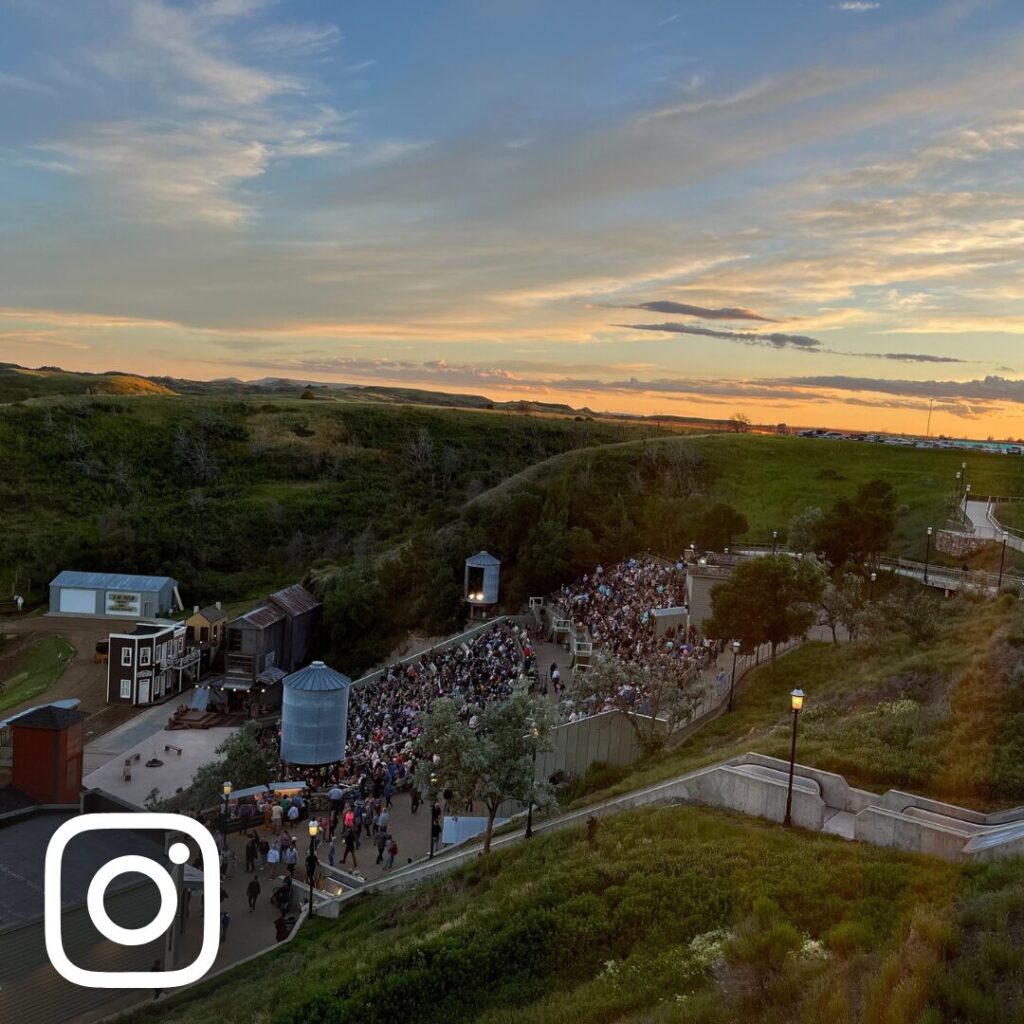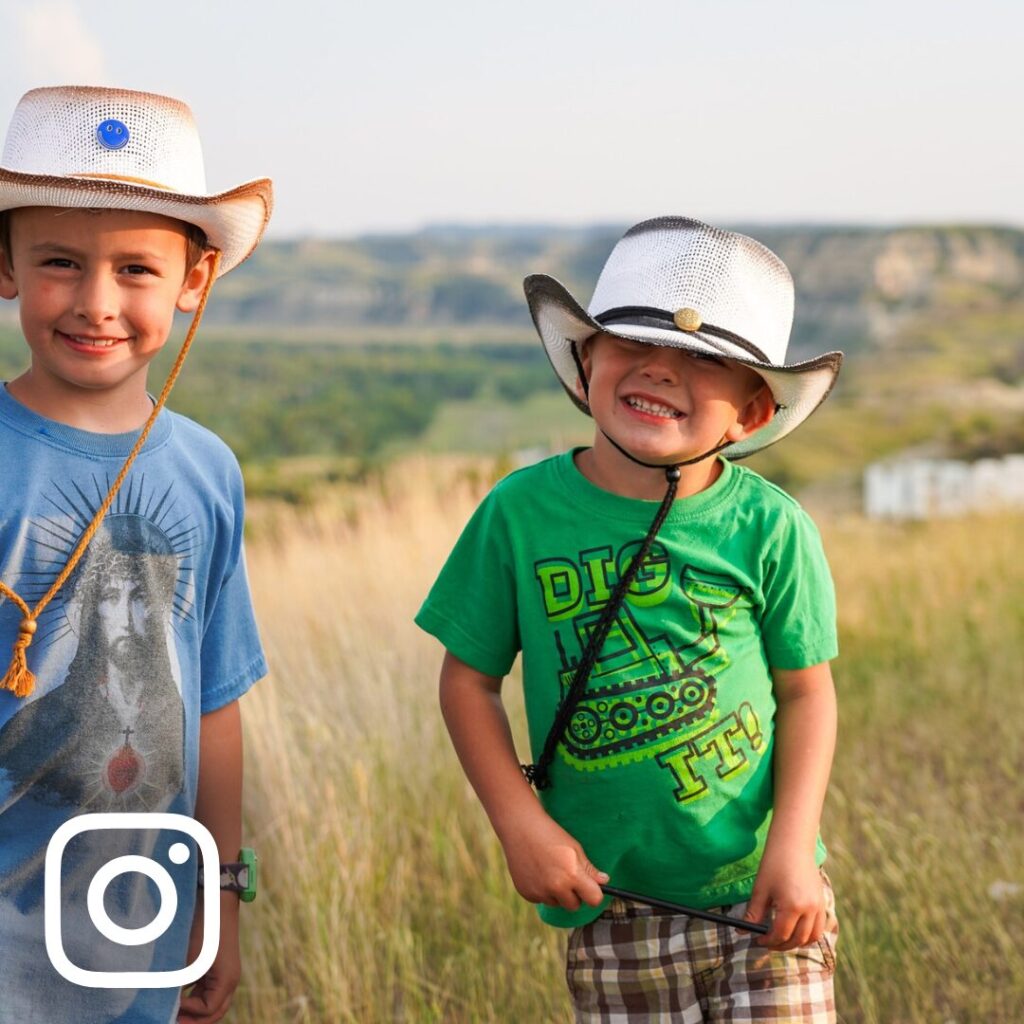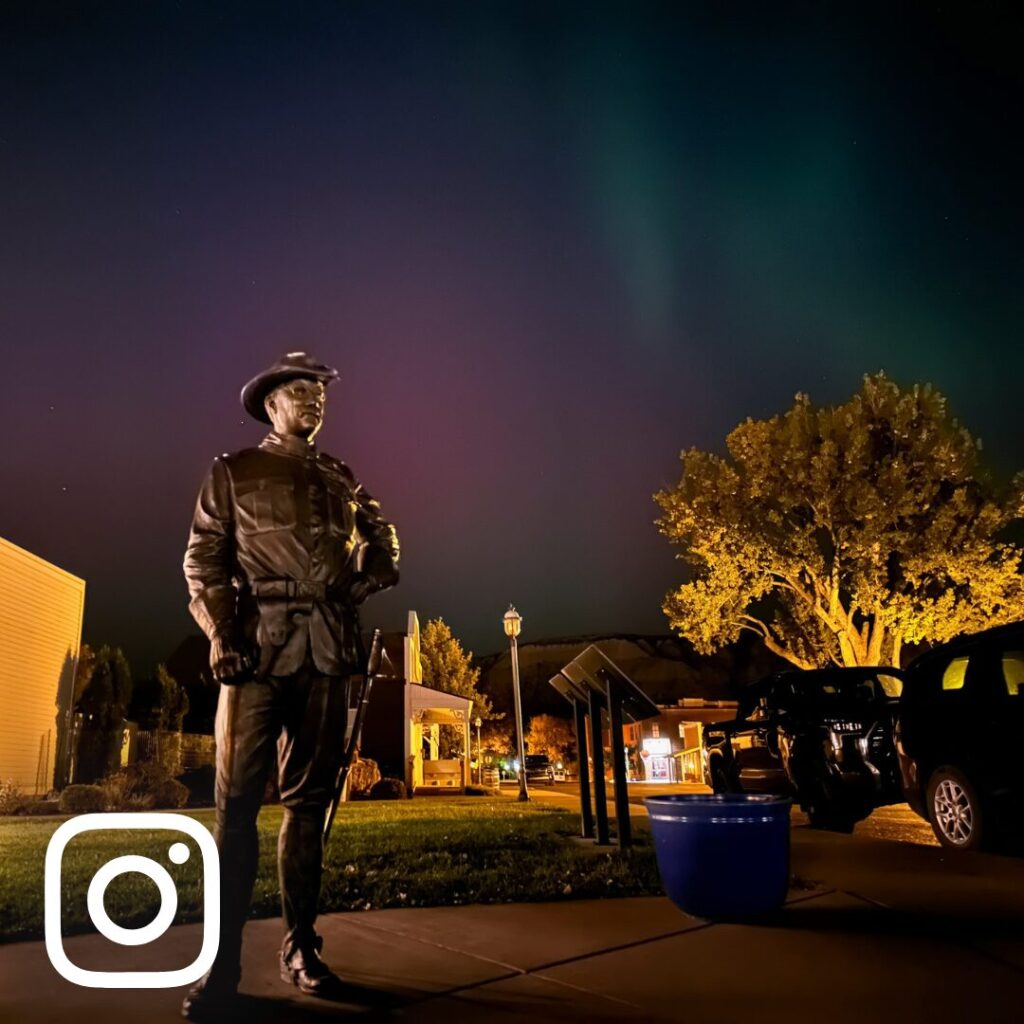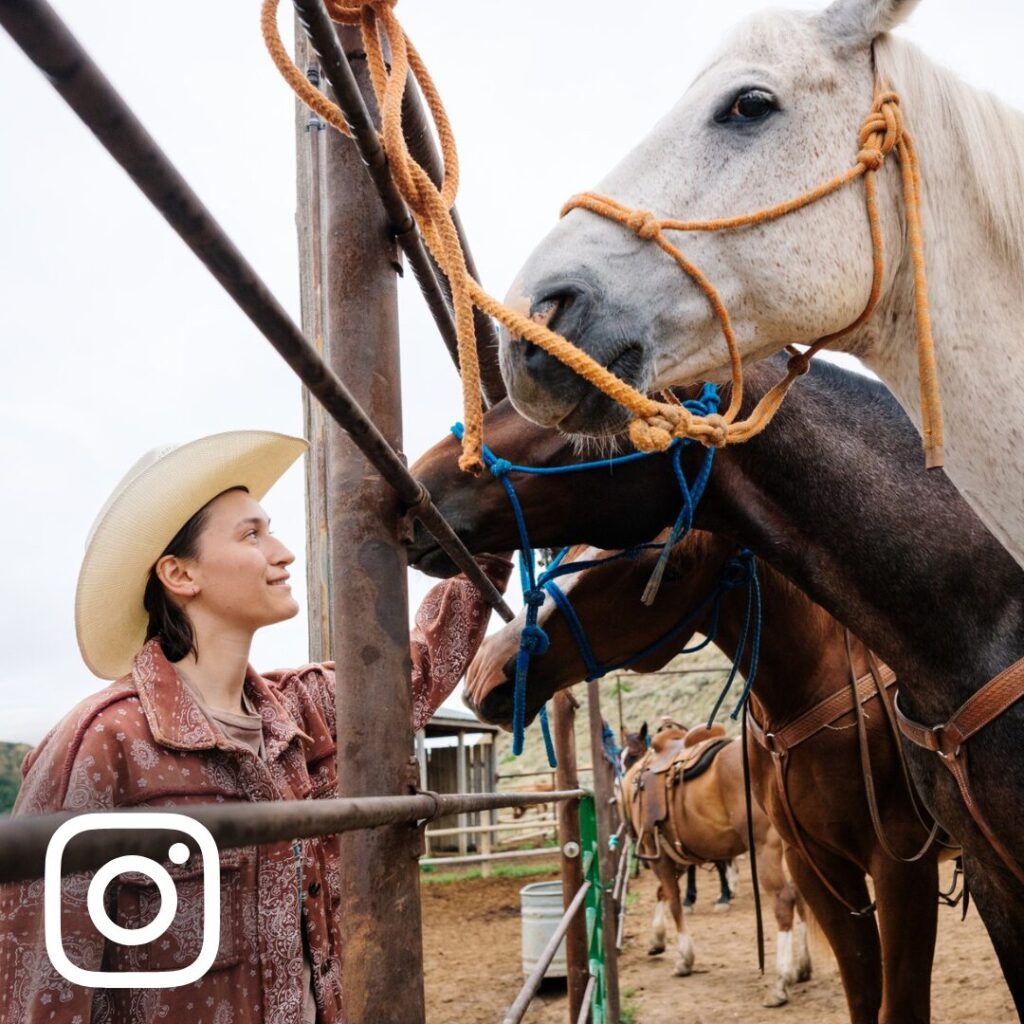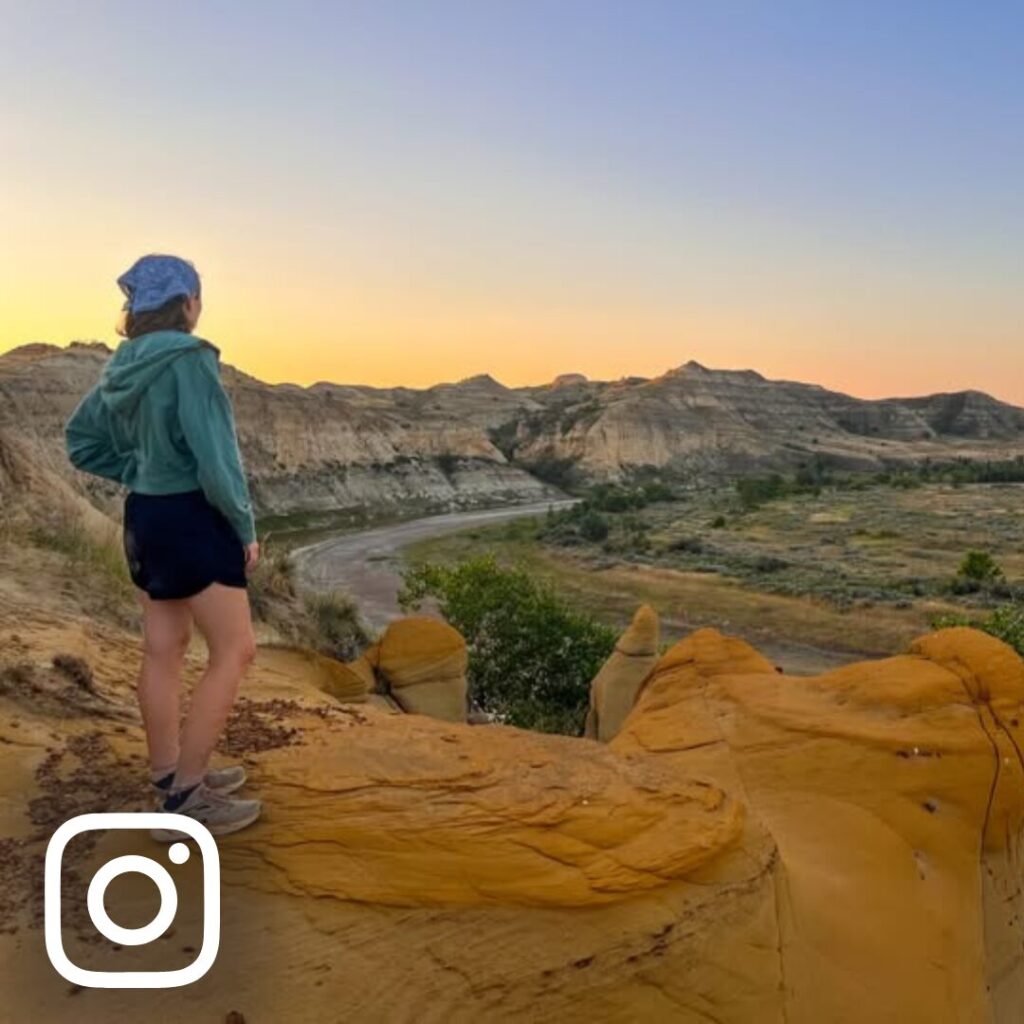The TR Triangle
The ultimate Teddy Roosevelt roadtrip
The TR Triangle
The ultimate Teddy Roosevelt roadtrip
by Alix Johnson | January 9, 2023
Teddy Roosevelt is known as one of the most adventurous and conservation-minded presidents in American history. As a young man, he was an avid outdoorsman and explorer, traveling to distant lands and experiencing all that the natural world had to offer. These passions carried over into his presidency, where he dedicated himself to preserving America’s wild spaces and promoting the value of outdoor recreation.
One of Roosevelt’s greatest legacies is the creation of the National Park system, which now includes over 400 protected areas across the country. These parks – some of the most breathtaking and diverse landscapes in the world – serve as a testament to Roosevelt’s belief that the natural world should be protected and preserved for future generations to enjoy.
In addition to his conservation efforts, Roosevelt was also deeply connected to the great American West. He spent much of his youth in the Dakota Territory and was known for his love of the western landscape and his efforts to promote the development of the region.
Today, adventurous travelers can follow in Roosevelt’s footsteps and explore the western landscapes that he loved so much. From hiking in his beloved Badlands to sleeping at his Yellowstone camp, there are countless opportunities to experience the beauty and grandeur of the great outdoors. And by visiting these protected areas, we can honor Roosevelt’s legacy and his commitment to preserving the natural world for future generations.
North Dakota
North Dakota
Theodore Roosevelt National Park
When Theodore Roosevelt came to Dakota Territory to hunt bison in 1883, he was a skinny, young, spectacled dude from New York. He could not have imagined how his adventure in this remote and unfamiliar place would forever alter the course of the nation. The rugged landscape and strenuous life that TR experienced here would help shape a conservation policy that we still benefit from today.
The park is comprised of three separate areas of land. The North and South Units feature scenic drives, wildlife viewing, hiking, visitors’ centers, ranger-led programs, and much more. The undeveloped Elkhorn Ranch Unit preserves the site of Roosevelt’s ‘home ranch’ in a remote area along the Little Missouri River. History lovers can also visit Teddy’s Maltese cross cabin, which stands today at the South Unit Visitor’s center.
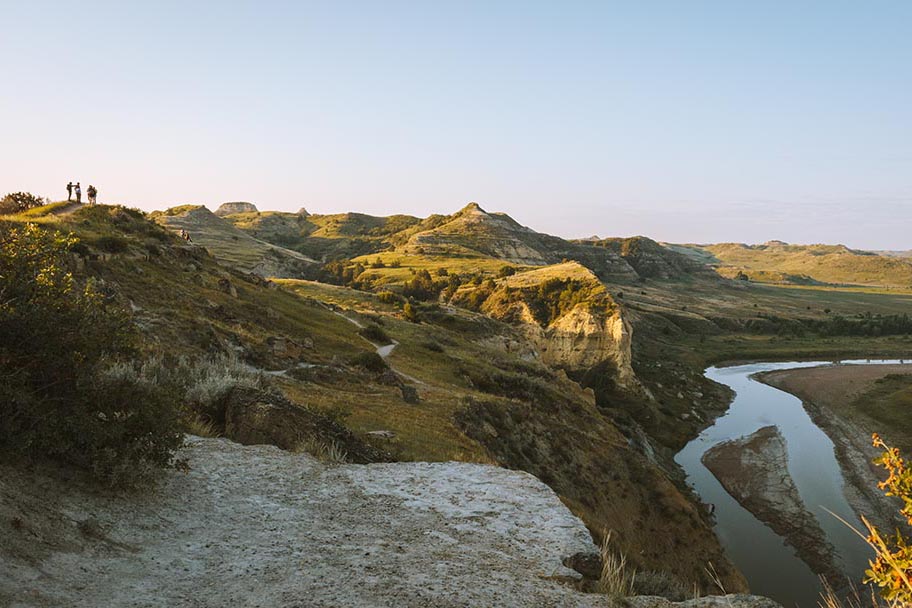
White Horse Hill National Game Preserve
In 1904 President Theodore Roosevelt set aside the land, today known as White Horse Hill, as America’s 8th National Park. In 1931 control of the park was transferred to the Fish and Wildlife Service and the land was redesignated as a wildlife refuge.
Today the refuge is home to bison, elk, deer, and prairie dogs and overlooks the shore of Devil’s Lake. Stop by the visitors center – open June through August – to learn more about the park’s history, wildlife, prairie flora, and the Spirit Lake Dakota people.
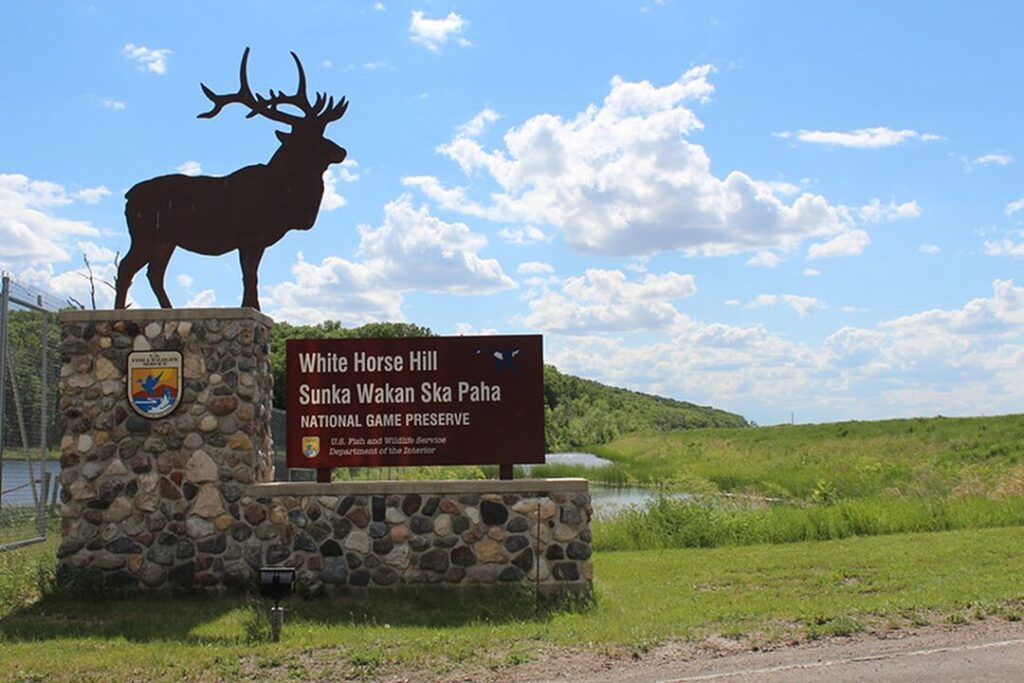
Explore More In ND
Where to Stay:
The historic Rough Riders Hotel, in Medora, ND offers a charming but luxurious place to stay while visiting the National park. Request a room in the historic section for a taste of what Teddy himself would have experienced, and stop by the lobby to explore the largest private collection of books on and by Roosevelt.
What to Eat:
Medora, ND offers a variety of restaurants for travelers. The iconic Pitchfork Steak Fondue provides an old-fashioned cowboy experience with unbeatable views of the badlands. Plus, Theodore Roosevelt himself will greet you at the door.
What Else to Do:
Stop by the Teddy Roosevelt Show where Joe Wiegand, the world’s top Roosevelt reprisor, takes the stage to tell stories of TR’s time living and ranching in the Badlands.
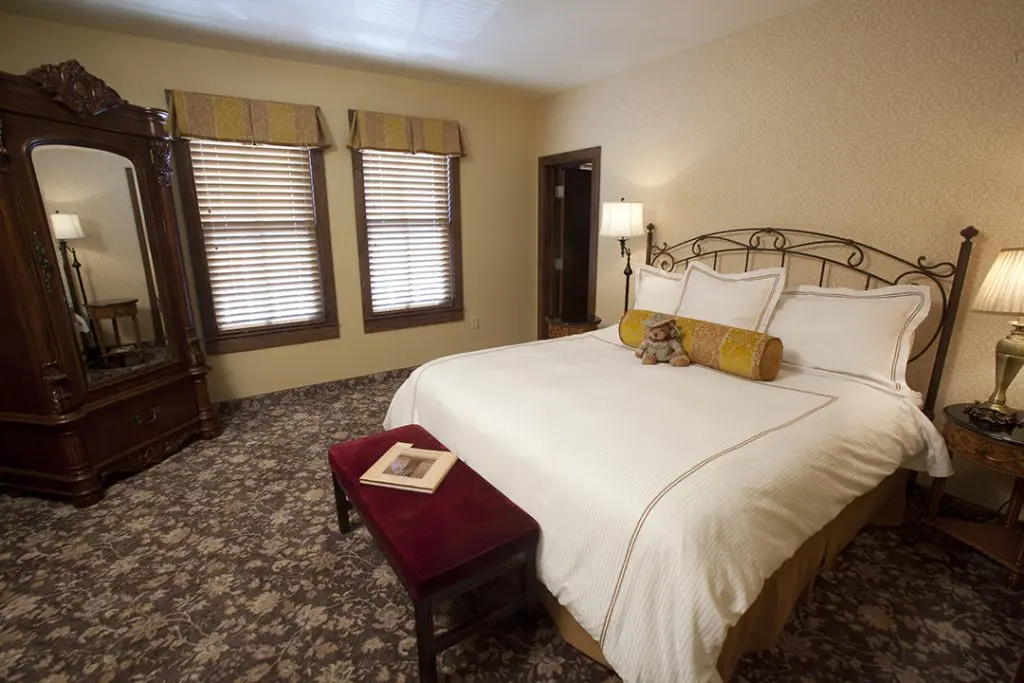
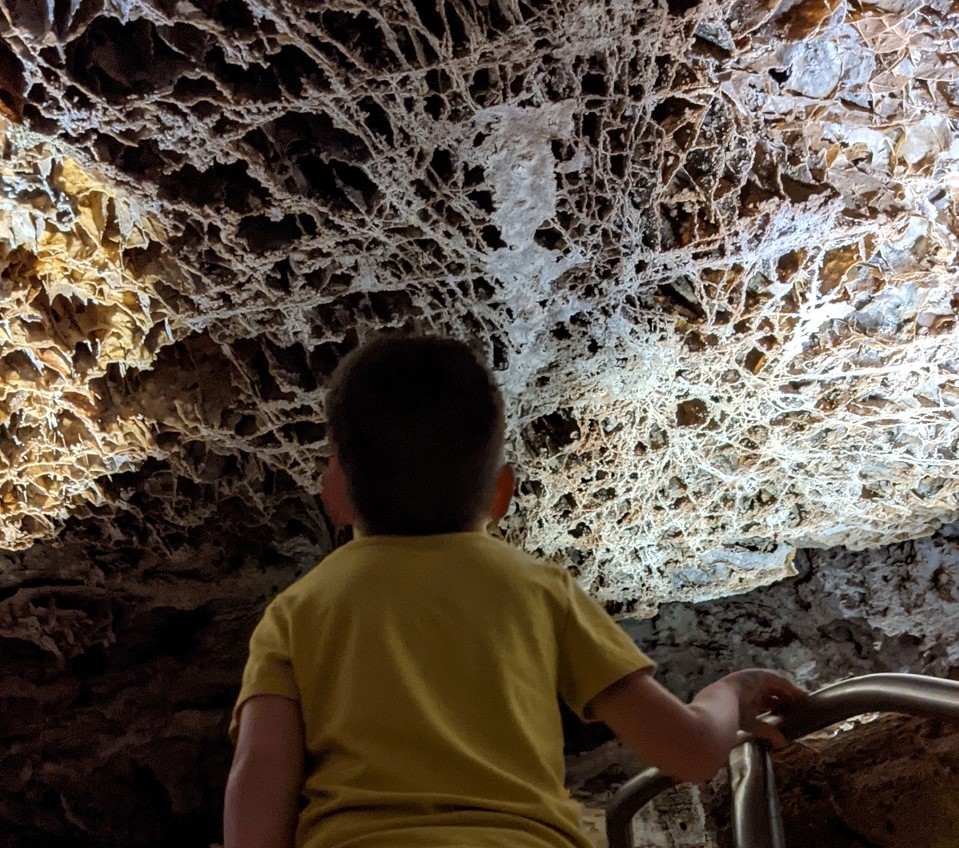
South Dakota
South Dakota
Wind Cave National Park
Wind Cave National Park was established in 1903 by Theodore Roosevelt as the United State’s 7th National Park. The park was set aside to preserve its vast cave system – the densest cave system in the world! – but today is also celebrated for its above-ground beauty. Visitors will want to plan time to explore both above and below ground.
To explore underground, Wind Cave operates five cave tours ranging from the easy Garden of Eden tour, to the adventurous Candlelight tour which lets visitors explore the cave as if it was 1889. Most tours operate on a first-come-first-served basis, so travelers should stop by the visitor’s center early to reserve their spot.
Above-ground explorers can take the short, 1-mile, Rankin Ridge hike through the beautiful Ponderosa Pines. On clear days the top of the ridge offers a view of neighboring Badlands National Park – another great stop while you’re in the area. Or if you’re looking to lead the “strenuous life” the Lookout Point and Centennial Trail Loop was rated amongst the best hikes in all national parks by Conde Nast Traveler.
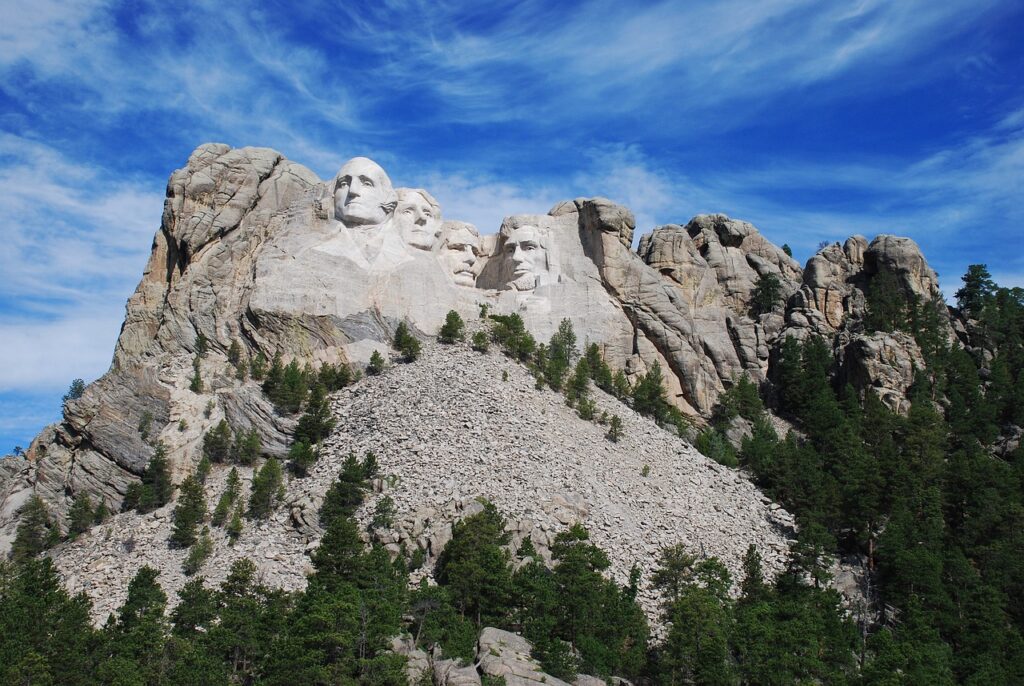
Mount Rushmore
Carved by Gutzon Borglum from 1927-1941, Mount Rushmore commemorates the legacy of four of America’s most influential figures, George Washington, Thomas Jefferson, Abraham Lincoln, and of course, Theodore Roosevelt. The national memorial tells the story of our country, from birth to growth, development, and preservation.
Many people speculate which of Theodore Roosevelt’s accomplishments earned his place in the monument. Throughout his time as president, he was instrumental in building the Panama Canal, linking the east to the west. His work ending corporate monopolies and fighting for workers’ rights earned him the moniker ‘the trust buster’. And his military and diplomatic efforts were many, including the commissioning of the great white fleet and negotiating the end of the Russo-Japanese war which earned him a noble prize.
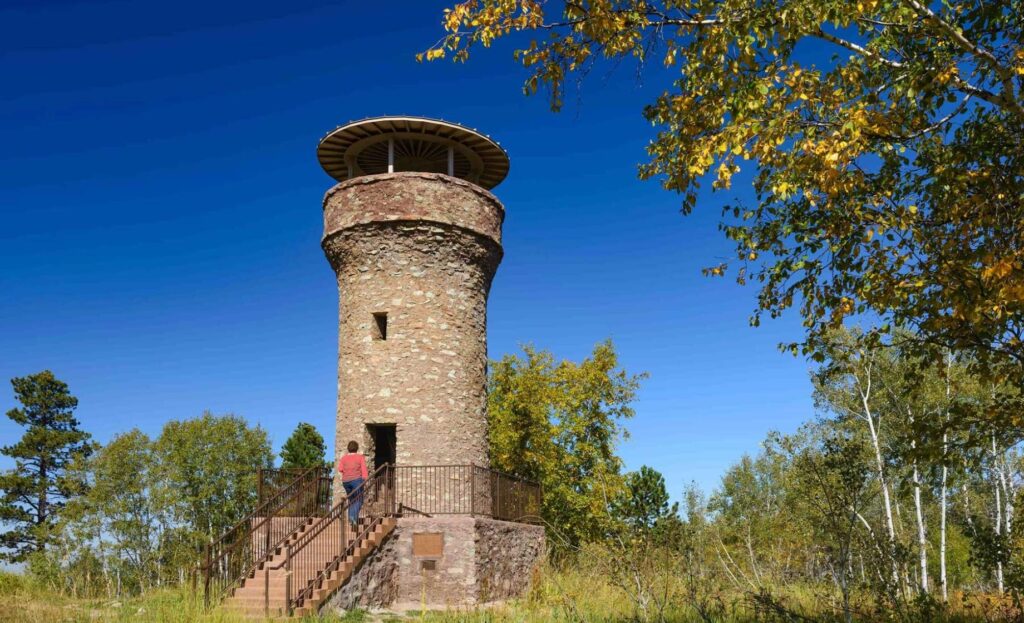
Friendship Tower – Mt. Roosevelt
This little-known Roosevelt landmark is a must-see piece of wild west history. In 1892, shortly after Dakota territory was split into North and South, Theodore Roosevelt met Seth Bullock while crossing the Belle Fourche River on horseback. This chance meeting was the start of a lifelong friendship between the soon-to-be ‘Cowboy President’ and the famed first sheriff of Deadwood.
Throughout their friendship, Roosevelt described Bullock as “a true Westerner, the finest type of frontiersman.” Upon Roosevelt’s death in 1919, Bullock erected a physical monument to their friendship, today known as Friendship Tower, outside of Deadwood, SD. Visitors can take a short hike to the tower to experience stunning panoramic views of the Black Hills – including a view of Mount Moriah Cemetary to the southeast, where at the end of his life Bullock requested that he be buried with a view of Friendship Tower.
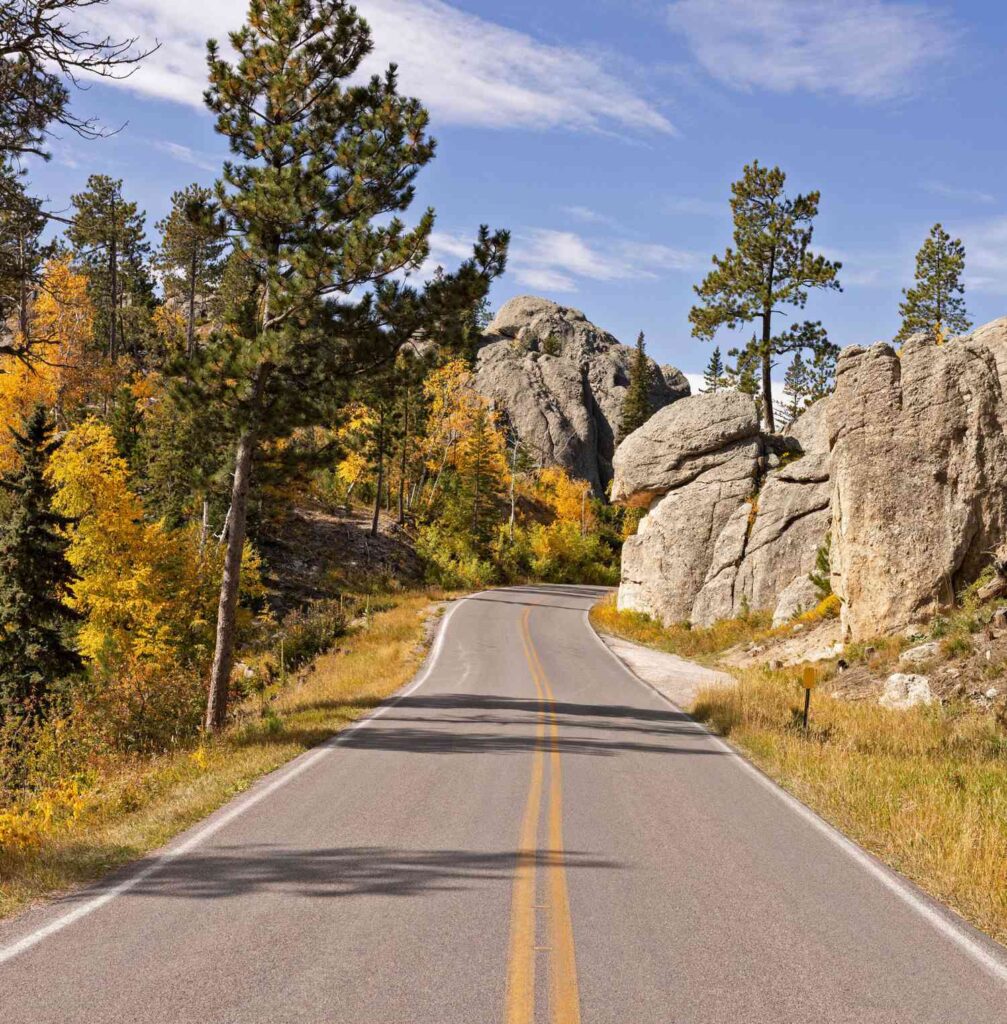
Explore More In SD
Where to Stay:
Centrally located in South Dakota’s Black Hills, minutes away from Mt Rushmore is K Bar S Lodge. This top-rated boutique hotel is the perfect base camp for exploring the area.
What to Eat:
Saloon #10 in Deadwood offers a taste of the past, with western artifacts and antiques from floor to ceiling, living history performances, and South Dakota’s largest whiskey selection.
What Else to Do:
The Black Hills of South Dakota have a whole lot of exploring to offer. Just east of the hills is Badlands National Park which offers an otherworldly beauty to outdoor adventurers. And Custer State Park is a great stop for travelers wanting to experience the heart of the Black Hills.
Wyoming
Wyoming
Devils Tower
Devils Tower was established in 1906 by Theodore Roosevelt as the first United States National Monument. Originally protected for its beauty, jutting up above the surrounding prairie, Devils tower is now studied for its fascinating geologic history. The tower is formed of rare igneous rock, phonolite porphyry, and is the largest example of columnar jointing in the world.
Visitors to Devils Tower can spend the day hiking, including the accessible 1.3-mile Tower Trail that circles the base of the tower. See if you can spot climbers scaling the joints up the tower, and stay up after dark to experience some of the best stargazing in the west.
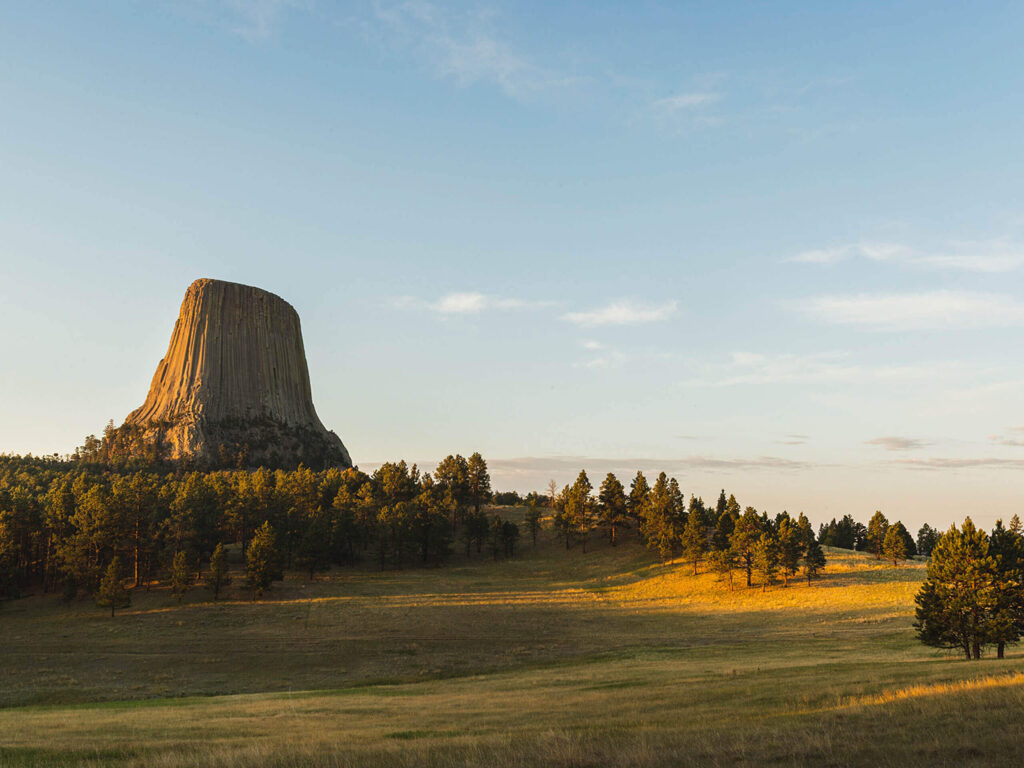
Yellowstone National Park
In 1903 Theodore Roosevelt returned to his beloved American West as president. On this grand presidential tour, ranging from Chicago to Los Angeles, Roosevelt split his time between giving speeches in frontier towns and escaping into the backcountry – ultimately spending two weeks camping in Yellowstone National Park.
Accompanied by famed naturalist writer John Burroughs and acting-superintendent Major John Pitcher, Teddy hiked strenuous distances, was thrilled by the wildlife, and thoroughly explored all corners of the park.
As his stay in Yellowstone came to a close, Roosevelt returned to Mammoth Hot Springs to speak at the cornerstone-laying ceremony for the arch at the park entrance, now known as Roosevelt Arch. In his speech, Roosevelt remarked, “The geysers, the extraordinary hot springs, the lakes, the mountains, the canyons, and cataracts unite to make this region something not wholly to be paralleled elsewhere on the globe. It must be kept for the benefit and enjoyment of all of us.”
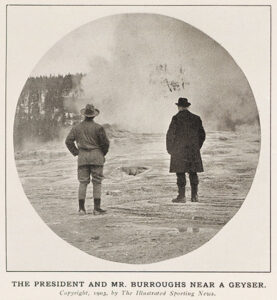
Explore More In WY
Where to Stay:
Roosevelt Lodge Cabins, located within Yellowstone National Park, is built on the campsite once used by President Theodore Roosevelt himself. Cabins are just rustic enough to awaken your ‘old west spirit.’ Plus, you can explore the park on horseback or by stagecoach from the Roosevelt corral!
What to Eat:
On your way to Yellowstone stop by another famous cow town, Cody, Wyoming for a bite at Proprietress Market + Bar. Small plates, soups, salads, and snacks are served picnic-style on the patio.
What Else to Do:
Buffalo Bill Center of the West in Cody, WY, includes five museums with unique stories of the Great American West. Learn about Buffalo Bill and Annie Oakley, hear the stories of the Plains Indians, or explore the exhibits of the Cody Firearms museum.
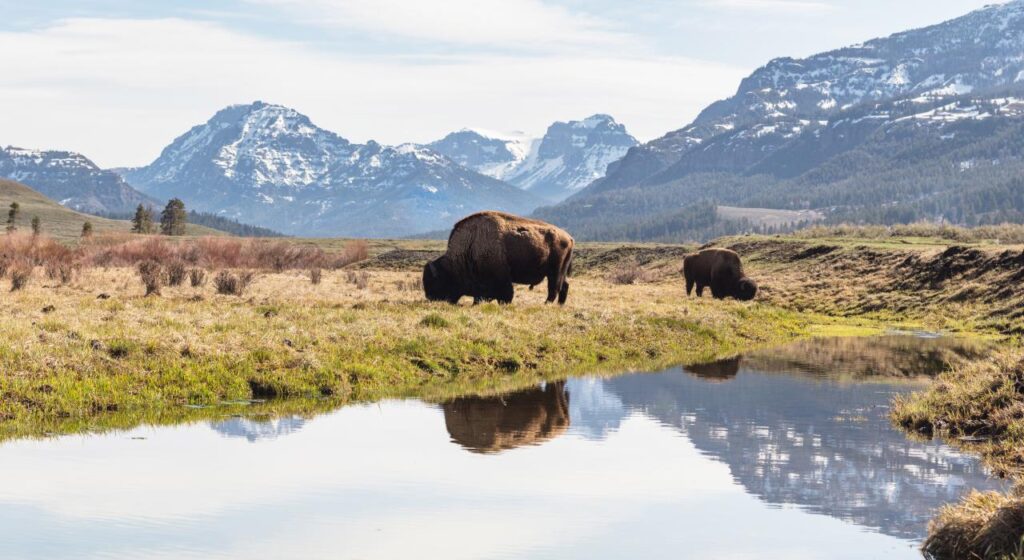
Roosevelt had a lifelong love of western cowboy culture. In 1883 he left New York to become a rancher and cowboy in Dakota Territory. Roosevelt’s experiences as a cowboy contributed to his rugged, individualistic personality and his leadership style. Roosevelt was known for his energetic and decisive leadership. His time in the West helped to shape these qualities.
Throughout his life, Teddy was a strong advocate for the protection and preservation of the natural environment. He was an avid outdoorsman and spent many years hunting, fishing, and camping in the western states. This experience gave him a deep appreciation for the beauty and majesty of the natural world, and he became convinced that it was important to protect and preserve the environment for future generations.

